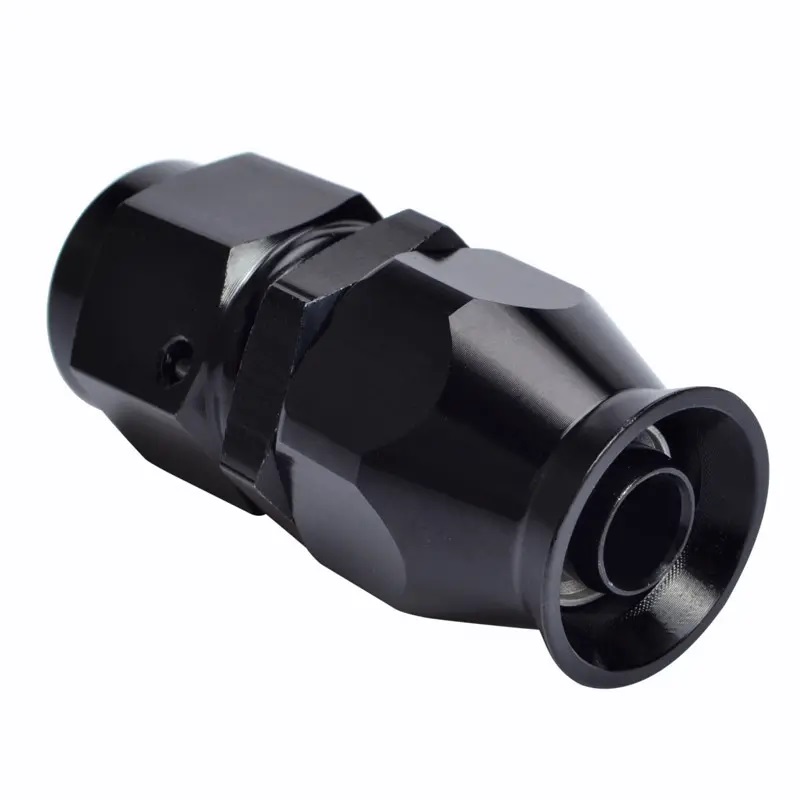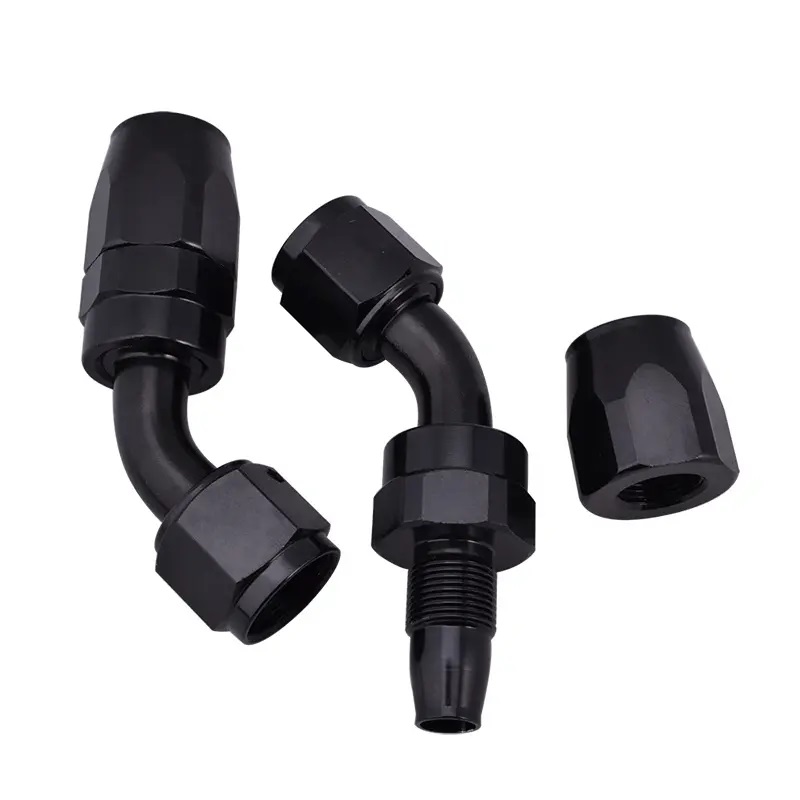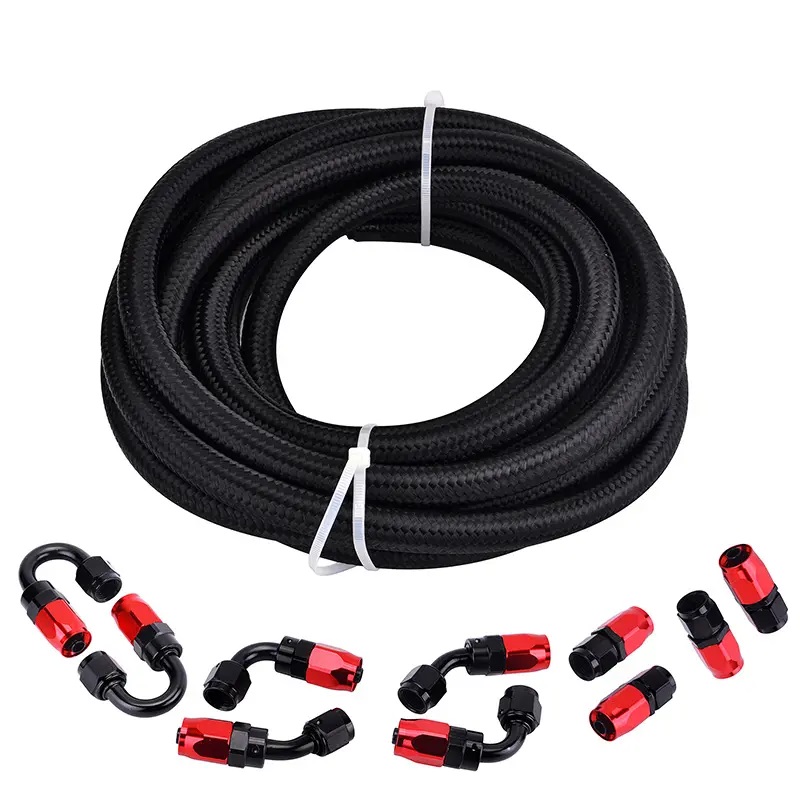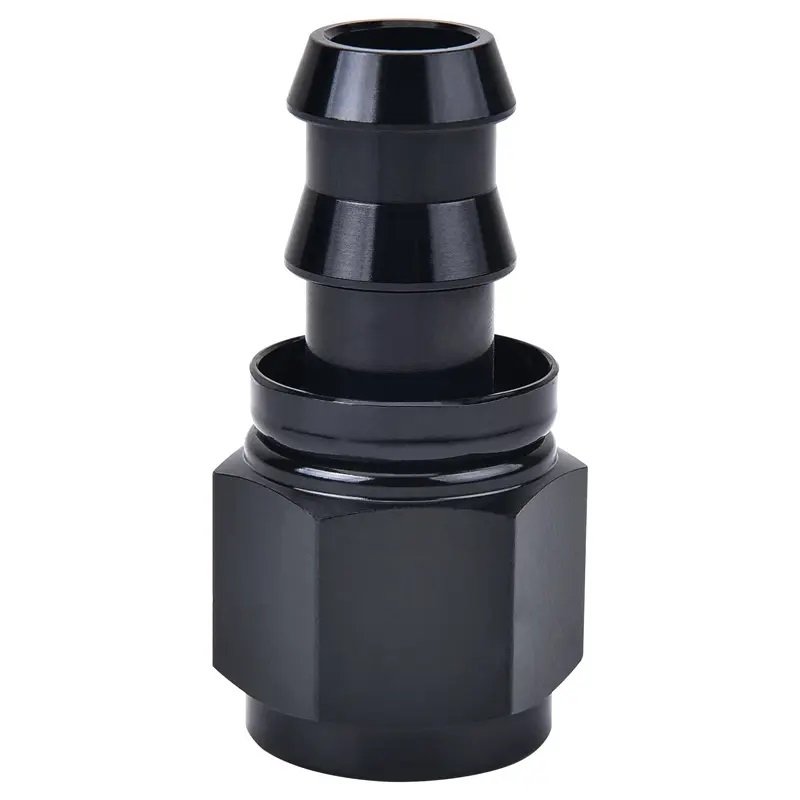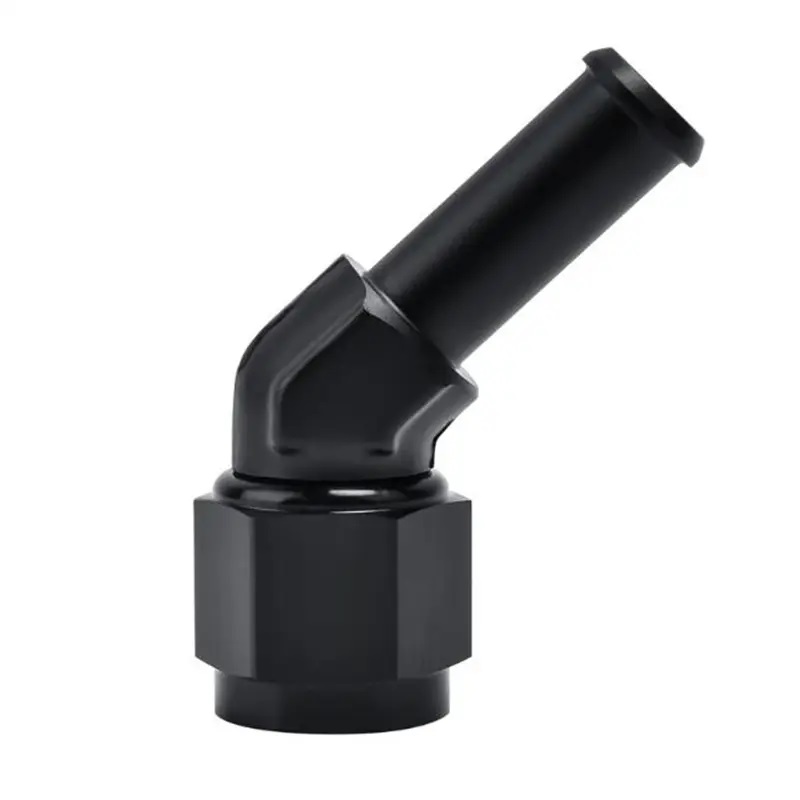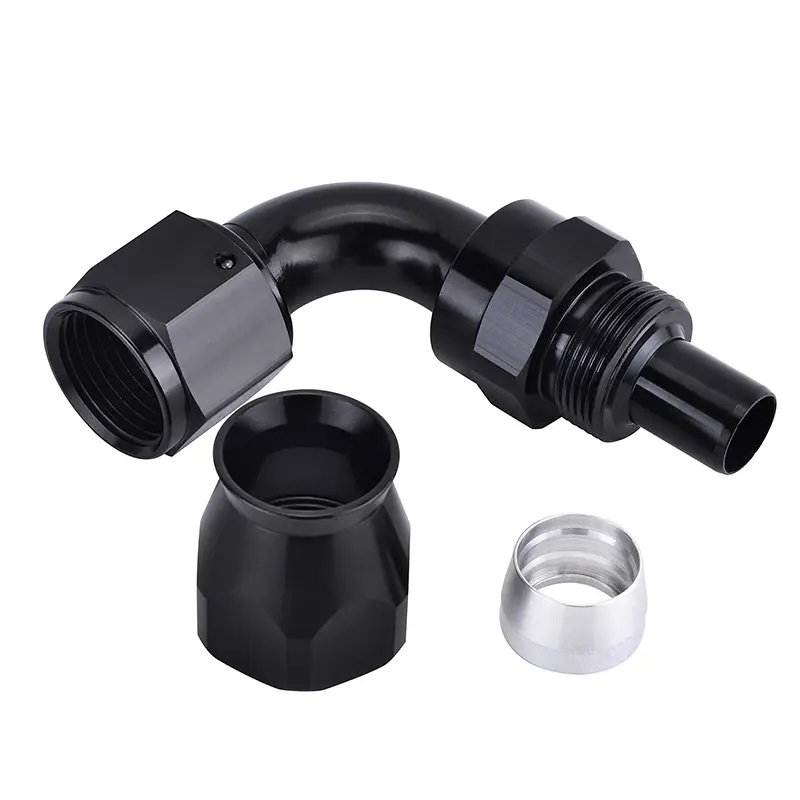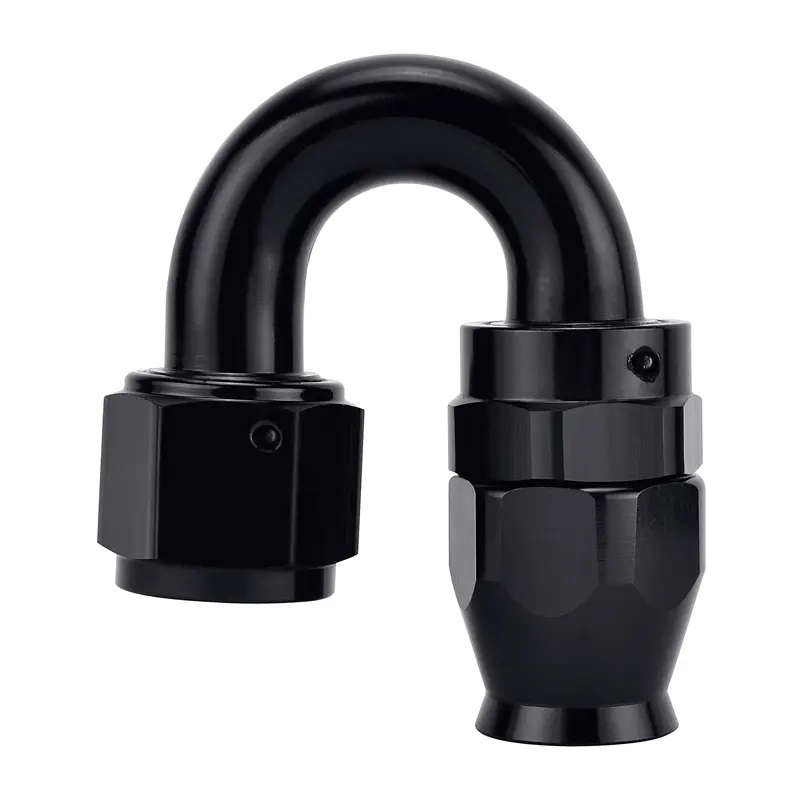The Ultimate Guide to AN Fittings for Maximum Performance and Style in Your Ride!
Introduction
Automotive enthusiasts understand that every component under the hood contributes to the overall performance of a vehicle. One such crucial element that often goes underappreciated is the AN fitting. These fittings, short for Army-Navy fittings, are indispensable components that play a pivotal role in ensuring fluid connectivity in various high-performance applications.
What Are AN Fittings and What Are They Used For?
AN fittings are specialized connectors designed for fluid transfer in high-performance automotive systems. Originally developed by the military, these fittings have found their way into the automotive world due to their reliability and precision. They are commonly used in fuel systems, oil coolers, brake lines, and other applications where leak-free connections and robust performance are paramount.
Exploring the Variety: Different Types of AN Fittings
AN fittings come in various shapes and sizes, each serving a specific purpose in the intricate web of an automotive system. Some common types include:
- AN Hose End Fittings: These fittings are designed to connect flexible hoses to rigid metal tubing. They come in straight, 45-degree, and 90-degree configurations.
- AN Bulkhead Fittings: Ideal for passing hoses through panels, these fittings provide a secure and sealed passage.
- AN Union Fittings: Used to connect two hoses, these fittings come in different angles to accommodate various routing scenarios.
- AN to NPT Adapters: These fittings bridge the gap between AN and NPT threads, offering versatility in component selection.
For An Hose End Fittings, there’re 3 popular types:
- Swivel Hose End: Only for Braided CPE Fuel Line
- PTFE Hose End: Only for Braided PTFE Fuel Line
- Push Lock Hose End: Only for Rubben Fuel Line
Separated by angles, there’re 4 popular types:
These fittings have a straight orientation, allowing for a direct connection between two hoses or between a hose and a component without altering the flow direction.
Designed at a 45-degree angle, these fittings are ideal for situations where a slight bend is required in the fluid line. They offer flexibility in hose routing while maintaining a smooth flow.
These fittings make a right-angle turn, providing a convenient solution for tight spaces or when a sharp bend is necessary. They are commonly used in applications where space constraints are a consideration.
Offering a U-shaped configuration, 180-degree fittings are useful when a hose needs to double back on itself. This type is often chosen for clean and efficient routing in specific setups.
Choosing the Right AN Fitting for Your Car
Selecting the appropriate AN fitting for your vehicle is crucial for optimal performance. Consider the following factors:
Size Matters: AN fittings are available in different sizes, denoted by numbers such as -4AN, -6AN, etc. Choose the size that corresponds to your specific application.
Material Composition: AN fittings are crafted from materials like aluminum, stainless steel, or brass. The choice depends on factors such as weight, cost, and compatibility with the fluid being transferred.
Understanding Angles: Different fittings come in varying angles (e.g., straight, 45-degree, 90-degree). Consider the space constraints and fluid routing needs of your vehicle when selecting the appropriate angle.
Installation Guidance: Ensuring a Seamless Connection
Installing AN fittings may seem daunting, but with the right tools and a systematic approach, it becomes a manageable task. Here’s a step-by-step guide:
- Prepare the Hose: Ensure the hose is cut cleanly and squarely. Use a proper hose cutter for precision.
- Select the Fitting: Choose the correct AN fitting for your application and inspect it for any defects.
- Lubrication is Key: Apply a small amount of lubricant to the hose end and the threads of the fitting to facilitate a smoother assembly.
- Insert and Tighten: Insert the hose into the fitting, ensuring it reaches the end. Tighten the fitting using a wrench, making sure it’s snug but not over-torqued.
- Pressure Test: Perform a pressure test to check for any leaks before putting the system into full operation.
Conclusion: Elevate Your Performance with AN Fittings
AN fittings are the unsung heroes of high-performance automotive systems, ensuring a seamless flow of fluids that power your vehicle. By understanding the types, choosing wisely, and installing with precision, you can unlock the full potential of your car. Explore the diverse world of AN fittings, and join the ranks of enthusiasts who appreciate the precision, reliability, and performance these components bring to the table. Upgrade your ride, embrace the power, and let AN fittings redefine your driving experience.
Post time: Dec-28-2023
